Puskás Bernadett
Szentek késő középkori ikonjai a Kárpát-vidéken: Illés próféta, Keresztelő Szent János, Szent Joákim és Anna, Szent Péter és Pál főapostolok, Szent János evangélista
Tartalom
Tartalom: 1. Bevezetés; 2. Illés próféta ikonográfiája; 3. Keresztelő Szent János ábrázolásai; 4. Szent Joákim és Anna ikonja; 5. Szent Péter és Pál főapostolok; 6. Szent János evangélista Patmoszon; 7. Összegzés. Puskás Bernadett: Late-Medieval Icons of Saints in the Carpathian Region: The Prophet Elijah, Saint John the Baptist, Saint Joachim and Anne, Saint Peter and Paul, Princes of the Apostles, and Saint John the Evangelist The surviving 14–16th-century large-size icons of saints from the Carpathian Region were in some places hung on walls in church interiors, while, most commonly – as titular icons – they were components of the Sovereign Tier of church iconostases. Besides the relatively large number of icons of the most popular saints preserved, a few rarer icons also allude to additional dedications. These include Old Testament figures, such as the Prophet Elijah, who was painted in full-figure icons, individually and surrounded by hagiographic scenes as well. The depiction of the Prophet proclaiming the true faith is connected to that of the Forerunner Saint John the Baptist. Opening the series of New Testament characters, individual icons of Saint John the Baptist did not become so widespread in the region as they did in the Balkans. Dynamic in posture, his figure may be accompanied by scenes from his life and – as a reminder of his status as Prodromos – by the Four Evangelists. Joachim and Anne are represented in iconography based on apocryphal narratives. Of Jesus’ disciples, the Apostles, Saint Peter and Paul, Princes of the Apostles, and Saint John the Evangelist were given individual icons in the Carpathian Region. In line with tradition, their significance is accentuated by their full-figure depictions.
